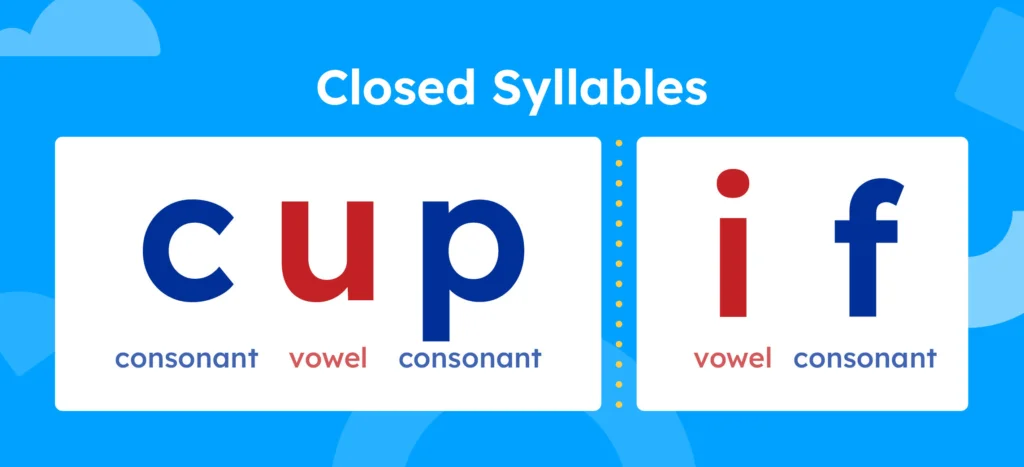1. An Overview of Short Vowel Sounds
Short Vowels Skill Explainer

Hide Video Transcript
Show Video Transcript
Carla Miller: What word did she read?
Student 1: Cat.
Carla Miller: Good. What did I just do?
Student 1: Cap.
Carla Miller: Good. What word was that?
Student 1: Cap. Nap.
Carla Miller: Nap. Good. I'm going to go to Ilia. What word was that?
Ilia: Nap.
Carla Miller: Look, I'm changing my vowel in the middle. What word do we have now?
Ilia: /n/, /ĭ/, /p/. Nip.
Carla Miller: Excellent. I love how you pulled it together at the end.
A vowel represents three sounds: its short sound, its long sound and the schwa sound. More than half of words contain short vowel sounds. This is why it's critical students can accurately and automatically identify short vowel sounds.

Hide Video Transcript
Show Video Transcript
Morgan Walton: These are the motions we use to help students remember the short vowel sounds ... /ă/, apple, /ĕ/, edge, /ĭ/, itch, /ŏ/, octopus, /ŭ/, up.

Vowel Valley

Closed Syllables

The Breve

We do NOT need students to memorize high-frequency words that are regular and have closed syllables (it, get, had, run, on). Once we teach students the short vowel sounds and how to identify a closed syllable, they can sound out these words. With practice, they will read and spell these words with automaticity.
